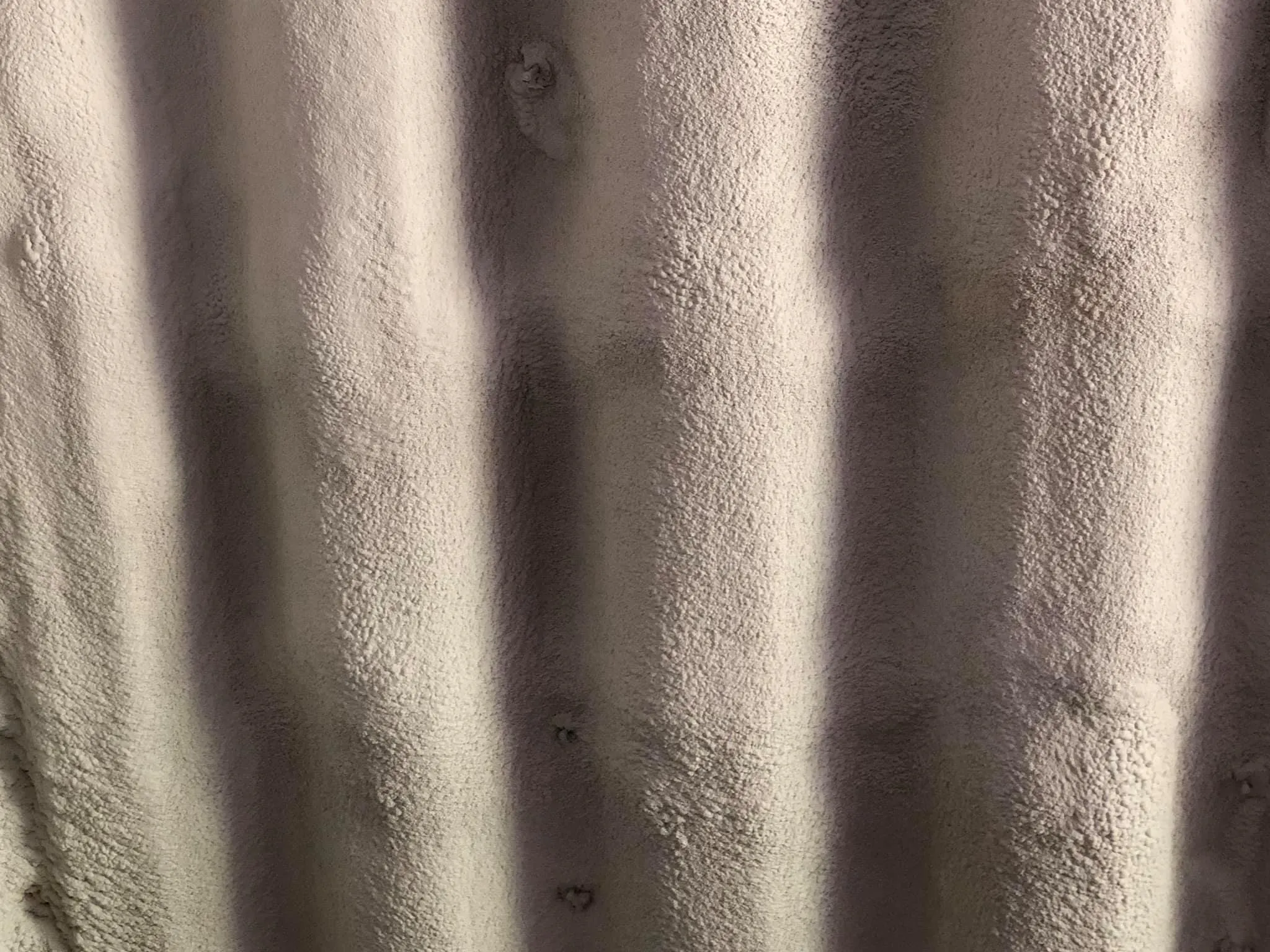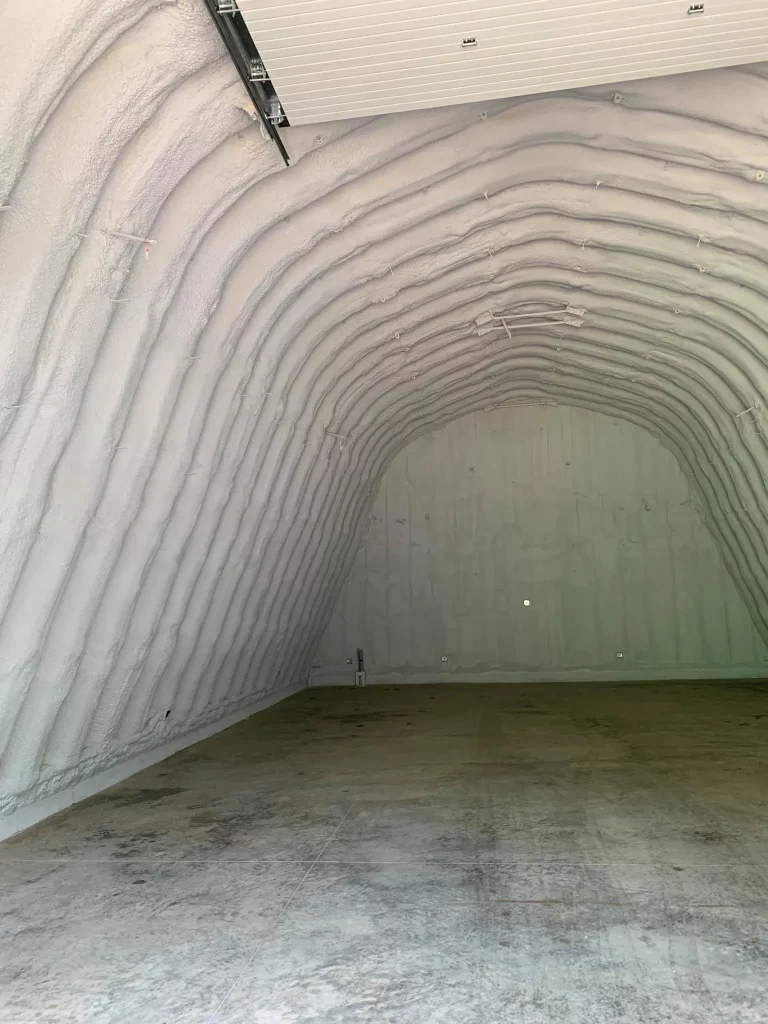
When installed correctly, spray polyurethane foam (SPF) insulation is a remarkably durable material that can last for the entire life of a building. According to the U.S. Department of Energy, spray foam maintains its effectiveness over time without settling. For most homes, this translates to a functional lifespan of 80 years or more. Unlike traditional insulation materials that can sag or degrade, spray foam creates a rigid, permanent bond with the surfaces it’s applied to, maintaining its form and insulating properties for decades.
The longevity of spray foam isn’t automatic, however. Its ultimate durability depends almost entirely on the quality of the initial installation and the specific conditions of the property. This guide, based on extensive field experience from Lamothe Spray Foam Insulation, offers a detailed look at what impacts the lifespan of spray foam insulation, how to identify potential issues, and what property owners should consider before investing.
Several key elements influence how long spray foam insulation remains effective. Understanding these can help you ensure a long-lasting application.
The single most important factor is the expertise of the installation crew. Spray foam is not a DIY product; it’s a chemical compound created on-site.
There are two main types of spray foam, and their physical properties affect their durability in different ways.
| Feature | Open-Cell Spray Foam | Closed-Cell Spray Foam |
|---|---|---|
| Density | Low-density (approx. 0.5 lbs/cubic foot) | High-density (approx. 2.0 lbs/cubic foot) |
| Structure | Spongy, flexible, cells are “open” | Rigid, strong, cells are sealed and gas-filled |
| Moisture | Permeable to vapor (allows drying) | Acts as a vapor barrier (blocks moisture) |
| R-Value | ~R-3.5 per inch | ~R-6.5 per inch |
| Durability | Softer, can be damaged by direct impact | Very strong, adds structural integrity to walls |
| Best For | Interior walls, attics (sound dampening) | Basements, crawlspaces, areas needing a vapor barrier |
Closed-cell foam is generally considered more durable because of its rigid structure and resistance to moisture. Its strength can even add to the structural integrity of walls and roofs. The global market for spray foam insulation reflects a growing demand. Analysis from Grand View Research projects continued expansion, driven by the material’s long-term performance benefits.
Even a perfect installation can be compromised by external conditions.
Bonus Tip: For homes in high-humidity climates or with basements prone to dampness, using closed-cell spray foam is a much better long-term choice. Its non-absorbent nature prevents it from holding water like a sponge, which can happen with open-cell foam in consistently wet conditions.
A quality spray foam installation should require no maintenance. If you suspect a problem, here are a few things to look for:
Before you decide on spray foam, think about these points to ensure you get the durability you’re paying for.
Bonus Tip: Always request a quote that specifies the type of foam (open-cell or closed-cell), the brand, and the final intended thickness in inches. This removes ambiguity and ensures you’re getting exactly what you paid for.

No, properly installed spray foam is inert and requires no ongoing maintenance. The best approach is to protect it from the key environmental factors mentioned earlier: direct sunlight, persistent water leaks, and physical damage during other home projects.
Spray foam has no nutritional value, so it does not support mold growth or attract pests. Its air-sealing quality also helps reduce the moisture that mold needs to grow. While insects can physically tunnel through it, they do not eat it.
Open-cell foam is soft and can be easily damaged or compressed. Closed-cell foam is very rigid and can withstand significant impact. Its strength can add a racking force to wall assemblies, making the entire structure stronger.
This is generally not recommended. For spray foam to perform correctly, it must bond directly to the substrate (wood, sheathing, concrete). Installing over old, dusty, or compressed fiberglass will result in poor adhesion and a compromised air seal. The old insulation should always be removed first.
Spray foam insulation is known for its longevity. When the right product is chosen and applied by skilled professionals, it will effectively insulate and air-seal a building for as long as it stands. The key is to prioritize the quality of the installation above all else. Doing so ensures that the material’s potential for extreme durability is fully realized, providing comfort and energy savings for generations.
Choosing the right insulation involves evaluating your property’s specific needs. For a detailed consultation or to understand if spray foam is the right choice for your building, contact a qualified professional. An expert assessment can help you make an informed decision. For inquiries, you can call Lamothe Spray Foam Insulation at (508) 847-0119 or send an email to [email protected].
Learn how Lamothe Spray Foam Insulation continues to expand its services to more homes and businesses, reinforcing long-term energy efficiency across Massachusetts in this recent update.